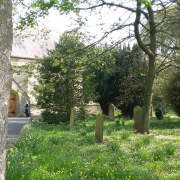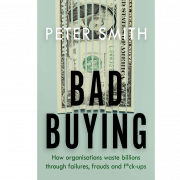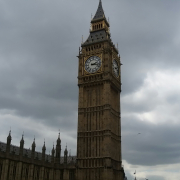Grenfell Tower – Procurement Rules were Circumvented
The public inquiry into the tragic Grenfell Tower fire in London, which killed 72 residents in June 2017, has heard that procurement rules were circumvented to avoid an open tendering process. Bruce Sounes, who was the lead architect on the Tower refurbishment, told the inquiry that the Kensington and Chelsea Tenant Management Organisation (KCTMO) asked the architect, Studio E, to defer some of their fees so that the cost looked like it was under the EU procurement threshold that requires a competitive process.
He told the inquiry: “I understood that this limit was the maximum contract value permissible under EU procurement regulations, above which KCTMO would have to follow a compliant procurement process in selecting consultants”. So 50% of the fees were deferred to keep the among billed below £174K.
That would have taken more time, and it was also likely that the favoured supplier, Studio E, would not have won the bid as it had little relevant experience, having not “been involved in high-rise residential, heating renewal nor the overcladding of occupied buildings.”
This artificial manipulation of contract value is almost certainly illegal under EU and UK regulations. Buyers are not allowed to “artificially disaggregate” contracts to avoid the thresholds, for instance by breaking up a large requirement into multiple smaller ones purely to get around the rules. Deferring fees is somewhat different but arguably is an even more blatant method for avoiding the formal process.
It is a myth however that a contract value under the EU threshold means you don’t need to worry about competition. Whilst you don’t need to jump through all the hoops, buyers are still bound by principles of transparency, openness and fairness, and should show that they have used appropriate competitive processes given the size and risk of the contract. Clearly, that didn’t happen here. But just because a contract is “only” worth £170K, it doesn’t mean you can just give it to a supplier without competition.
The other puzzle here is exactly why KCTMO were so keen on Studio E winning the work. Richard Millett QC, counsel to the inquiry, said that after the firm had designed the neighbouring Kensington Aldridge academy, selecting them was “cheap, convenient, quick, even though Grenfell Tower was a completely different kind of project with different challenges”. So, there is no hint of corruption there, although it was at best a poor decision, and an illegal one, as we’ve said.
Whilst we can’t say that the Grenfell disaster happened purely because of this open and shut case of bad buying, it is at the very least an indication of the tragic consequences that can result from poor supplier selection decisions. It is also a lesson that avoiding procurement regulations sometimes seems an easy way out; but it can have major consequences.









